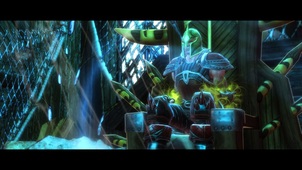 It's good to be the king. But I'm just a soldier. It's good to be the king. But I'm just a soldier. You died. For most people, that would be the end of the story. But for you, it's just the beginning. Now you are the only person who can stop a magical general elf from decimating the world. Time to do what you do best (besides dying).
1. Gameplay
I saw Kingdoms of Amalur: Reckoning when it was presented at E3. Even then I wasn’t particularly impressed. The game had a real problem differentiating itself from its competitors. The boss battles were unique, but the overall gameplay seemed too fast for a normal RPG, but too bland to keep the player interested. I took my time getting around to playing this game, attempting to at least wash some of the disappointment that still lingered. Unfortunately, it didn’t really matter. The combat is smooth and there is a good amount of weapon variety. The game emphasizes the fact that the player can “choose his own destiny”, which basically means that the player can choose how much of a warrior, rogue, or mage he wants to be. This is a decent design, but after looking over the bonus “fate cards” that the player can get, I found it was much more efficient to put points in every category equally. Kingdoms of Amalur is the only game I have played that actually rewards the player for being equal parts warrior, mage, and rogue. And I ended up using powers from all three as I played, which was even more surprising. But the game so emphasizes combat that it ends up being its greatest flaw. Every single mission will involve talking to someone, them asking you to go get something or kill someone (you’ll end up having to kill a few people regardless of if you need to get something), and then returning the item they requested. Every single mission will involve you going somewhere and killing someone. Even the potentially different, interesting quests (such as one that involved a murder investigation) ended up requiring the player to kill someone. After 10 hours of this, I was still interested. After 20, I was completely bored. After over 40 hours of gameplay this game was a chore. It was seriously work. After the 30 hour mark I simply stopped doing side quests. I was already a high-level character with great items, so there was little need for me to do these quests. And I really, really didn’t want to. They were all exactly the same. Remove the intro dialog and I might as well have entered every dungeon and killed every enemy. Somehow Skyrim made the idea of that amazing, while this game turned it into work (and not the good kind). And I made the unfortunate mistake of completing the DLC around 2/3rds of my way through the main story. I say that’s unfortunate not because the DLC was bad, but exactly the opposite. The story for the DLC was different, and the upgradable keep that the player could use as a house was a nice touch. Unfortunately, the keep was still extremely empty and it was impossible to fast travel to it, which negated much of my desire to ever go back to it after I had completed the DLC. On top of that, it made the fatal flaws in both the gameplay and the story so glaringly obvious that I seriously contemplated leaving this game incomplete even though I knew I was just a few areas shy of the final battle. I had to push myself mentally just to get to the final battle. I understand the open-world nature of this type of game requires certain quest templates to be reused for many quests, but the idea of “go here, kill this creature” was the only thing that ever came up. It was an interesting lesson in poor planning and game design, but the developers should have spent less time worrying about the backstory of the area and races and more time worrying about keeping their players interested in each mission.
This game is extremely long. I ended up playing for 43 hours but it felt like much longer. The repetitive nature of this game makes this game rather boring, so most players should get their fill after 20 hours max. There were still dozens of side quests left to pursue once I had finished the main campaign, but none of them were interesting enough (nor unique enough) to attempt.
There were times when I wanted to put this game down and never pick it back up, and this didn’t have anything to do with the repetitive quests. There are basically two types of enemies, small and large. Small enemies were all around the player’s size and are relatively easy to deal with. Attacks with heavy weapons will almost always cause these characters to stumble, which prevents them from attacking and makes them pretty easy to kill. But heavy enemies were difficult to stumble. This was especially true towards the end of the game when certain enemies would never stumble no matter how hard I hit them. With a single enemy this wasn’t necessarily a huge issue, but if there were two large enemies it would make killing them extremely difficult. I took the liberty of recording one of my battles with multiple large enemies and a few smaller enemies. I was forced to jump around the battlefield without attacking most of the time because if I stopped I was instantly jumped, forced to stumble, and torn to shreds. Fortunately, I had enough health regeneration that I was never at risk of death, but that made these battles even more absurd. It would take 10 minutes to take out a single large enemy when that enemy was by himself, so imagine trying to hop around the battlefield taking multiple large enemies. Eventually I made an armor that had an extremely high chance of slowing my enemies down if they hit me, which allowed me to get more hits in, take out smaller enemies, and avoid hits from large enemies. Without that, though, I would have simply given up. 2. Parental Notices
Violence will be present in almost every mission the player will complete. The player can use a wide variety of melee and ranged weapons to kill enemies. While some of these weapons will be intimidatingly massive, the amount of blood from normal hits will almost always be exactly the same no matter what weapon is used. These types of hits will be what the player sees most. The blood quickly disappears for almost all enemies that the player attacks, and some enemies (such as skeletons) do not bleed at all. If the player uses the sneak ability, he can execute enemies who are unaware of his presence. This will result in more blood, but I hardly ever used sneaking since it significantly slowed the pace of the game. However, the game does have some extremely bloody and violent scenes. The finishing executions that the player can perform while in the fateweaving mode are by far the most blatant examples of this. After the player damages an enemy to the point where it is near death while the player is in the special “fateweaver” mode, he must execute the enemy in order to successfully gather the bonus experience points. This execution involves automatically creating a magical weapon and using that weapon to kill the enemy in a particularly bloody and violent way. The specific method varies depending on the enemy, but they will all be brutal and bloody. Some of the boss battles, such as the one later in the game where the player has to defeat a giant one-eyed sluggish monster, are also noteworthy. These usually end with an execution very similar to the fateweaver ones, but specifically designed for the boss. In the case of the slug monster, it involves stabbing the creature in the eye with a magical weapon. Sometimes blood can be seen in greater amounts during cutscenes, but these scenes are extremely rare overall. The most obvious was the very first cutscene where the player watches as a character is beheaded.
Sexuality is mostly a rare element of the game. It was a struggle just to try and get screenshots of the female characters’ outfits. Most of the female characters wear clothing that is extremely similar in size and coverage to the male characters, but then again most of the female characters look extremely similar to the male characters (plus breasts, minus facial hair, etc.). The only character that tended to wear more revealing armor was Arya, an elf who follows you around for certain portions of the main campaign. There were also a few monsters that were clearly topless. I noticed it briefly in my first battle with one, but it was an extremely fleeting glance. It’s a fairly stark contrast considering that most of these topless “women” are some sort of spliced sea creature thing. The DLC was a bit more blatant with sexual talk, though. One of the characters basically comes right out and says she wants to have sex with you. It was rather abrupt.
While substances can play a somewhat common factor in the game, this will change depending on how the player approaches each situation. I found that I never had to use potions very much, and as a result I tended to either sell them or ignore them completely. However, there are a wide variety of potions with unique effects that can help the player accomplish any difficult mission or battle. These potions can be found all over the map. However, they are most easily obtained via buying them from shopkeepers or making them in the alchemy workstations. These workstations could be found frequently in large towns and settlements. If the player found the correct ingredients, he could try to create new potion recipes or buy the recipes from certain vendors. However, discovering potions was a tedious process, and the abundance of gold meant that the few times I actually needed potions (which was basically never) I could save a lot of time and hassle by simply buying the potions from a vendor.
There are a few gambling games in which the player can participate, but these were entirely based on chance and were only played through text and dialog options. They felt like a complete afterthought and would not have been missed had they been left out. 3. Other Factors
There are no modding tools available for this game.
Religion is a fairly common factor in this story. There are a number of groups that are overly religious to one god or another, although most of these will be completely irrelevant to the player. The vast majority of the time, the various churches, monasteries, and other religious locations will be waypoints on the map where nonviolent people in special clothing will recite long-winded monologues about their chosen god(s) and the history of their group. However, there are a few ways in which the religion will be much more meaningful to the player. There are a decent number of shrines that the player can use in order to receive a particular god’s blessing. These will provide some sort of a benefit to the player’s abilities. However, the player doesn’t actually pray to the shrine. He simply “uses” the shrine, and the ability is automatically bestowed. At the beginning of the game the player can also choose one of these gods to represent in order to receive a permanent specific benefit. The player can also choose to not represent any of these gods, which will result in a 1% bonus to experience points (which was by far the most appealing choice). One of the guild mission sets involves the player praying in front of a shrine and receiving orders from the shrine’s god.
Anti-law isn’t normally a factor in this game. While there are technically laws and regulations laid down by the local populations, these aren’t firmly etched out anywhere and there are no law enforcement agents present in most of the map. There are some guards present in major cities and there was a group of dwarves who acted as arbiters of peace and law enforcement agents within their own city, but they are hardly ever seen. Still, there are plenty of people who are clearly anti-law within the game. There is a thieves’ guild of sorts, plenty of bandits to fight, and a number of missions that will involve stealing items. There is a sneaking ability that also allows the player to steal items or pickpocket characters. However, with the exception of a few missions, there was little need to sneak around. It slowed down an already slow game and provided little benefit to the player. This meant that I actively avoided stealth-based missions not because I was unwilling to accomplish them, but because I had to spend my valuable talent points on more commonly used abilities (such as persuasion).
There are no multiplayer modes available for this game.
Extreme sports is barely a factor at all. Some of the player’s attacks will involve some pretty outlandish jumps and the ability to hang in the air for unnatural amounts of time, but these would be extremely difficult to recreate in real life. The only time when extreme sports becomes a factor is when the player jumps off of a jump point. Normally the player can’t even hop a few inches off the ground, but in certain areas the player can jump from a higher point to a lower one. No matter how far the player falls, he will never receive any fall damage.
Magic will be a constant element in every aspect of this game. The player will frequently make use of magic in combat to defeat enemies at range. There are a number of different magical spell and effect types that the player can use. The most common will be fire, ice, and lightning. The player will also frequently make use of the fateweaver ability. By killing enemies, he steals their fate threads and can use them to magically massacre a large group of enemies quickly. The finishing move for these fateweave events involves the player using magical weapons to kill an enemy. Many other characters are able to use or are strongly influenced by magic. These characters are often seen with a certain magical glow about them. The player can also come under the influence of magic. Sometimes this is as a result of some sort of cutscene or story decision. Other times it is a result of a power that the player can use. For example, there are a number of passive magical powers that the player can activate. I commonly made use of a shield power, which proved useful in combat.
Human Disfigurement A number of missions involve the use of magic to try and bring people back from the dead. One of the "scientists" attempting to accomplish this odd form of necromancy has a number of failed experiments. These zombies will always attack the player on sight. However, they are only present in a few specific missions.
3 Comments
Sean H.
6/19/2015 02:25:17 am
when i was watching angryjoeshow on youtube and he reviewed this particular game i saw how the combat system worked and he said that's what made the game worth playing at least once. i think one of the main reasons you were frustrated was because you're a completionist and you were trying to complete the game so fast. i can see why you thought it was frustrating, because the missions got boring after a while. but if you were to spend time with the game a little more and not complete it in a week, would you have fun with this game? just a thought.
Reply
Carmine
6/19/2015 06:34:02 am
Problems with difficulty and combat aside, the missions in the main game were very repetitive especially in the late stages. If the quality of the middle and late game missions had been on par with the early missions and the DLC (especially the DLC, which was much more interesting than the last stages of the game), I would have enjoyed it a lot more.
Reply
sean h.
6/19/2015 11:17:47 pm
i can understand that. a game you might like more that has a really good combat system for ARPG's is dragon's dogma dark arisen. just watch angry joe's review of it on youtube. on a unrelated note, i have to say that the fable series is really revolutionary with the different ways of playing and the stuff you can do. Leave a Reply. |
Like what we do? Want to see more? Donate to the site using the button below!
Not sure what a term means? Read the definitions!
Not sure what a review section is about? Find out more information!
|
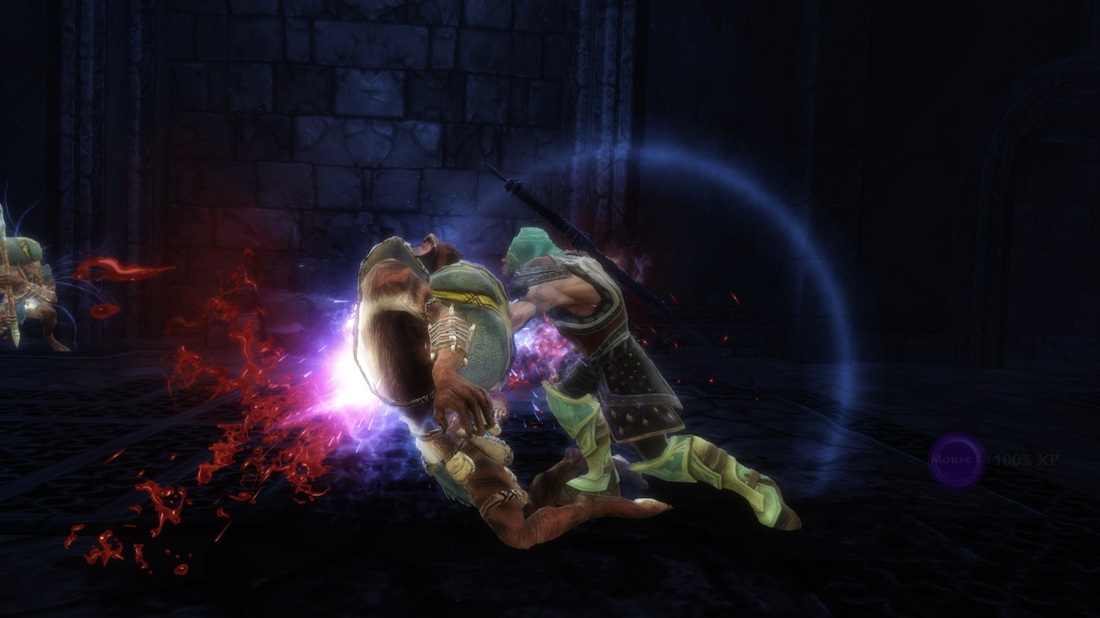
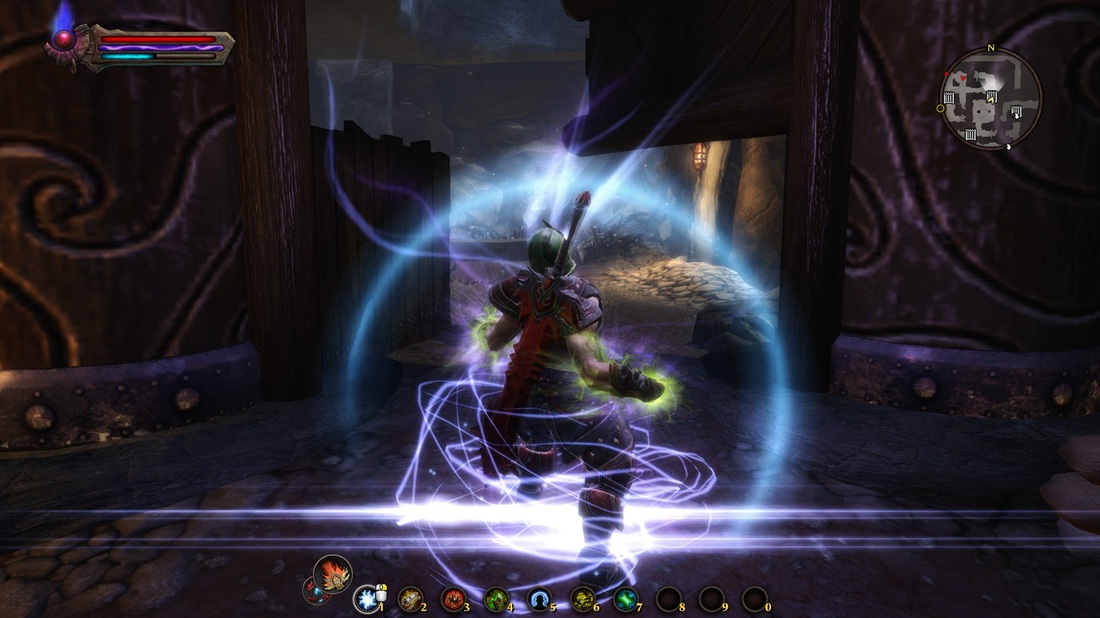
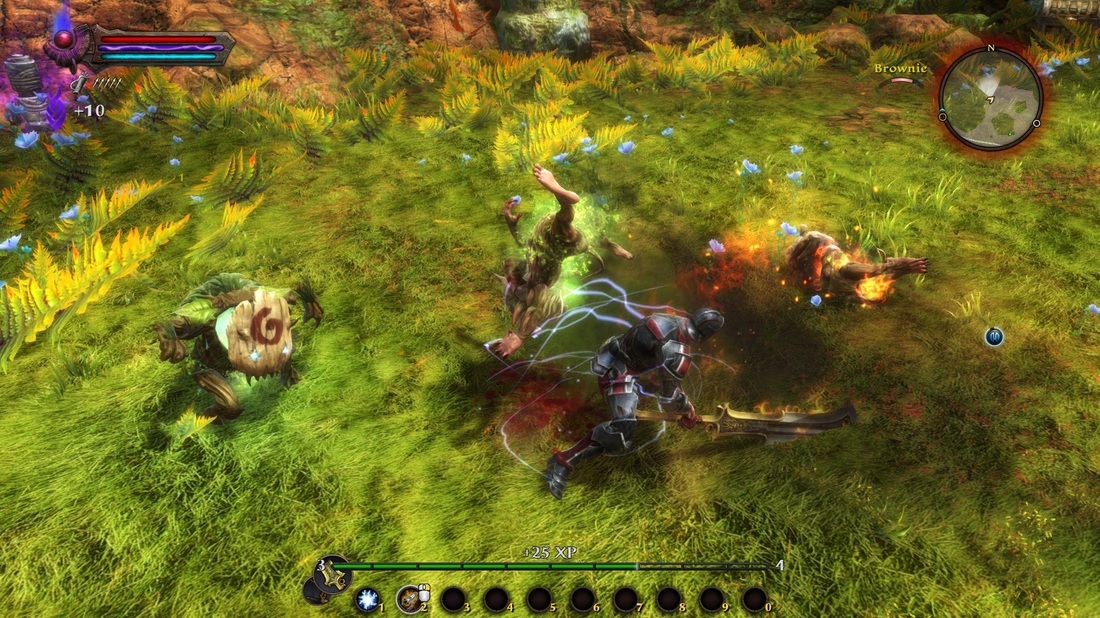

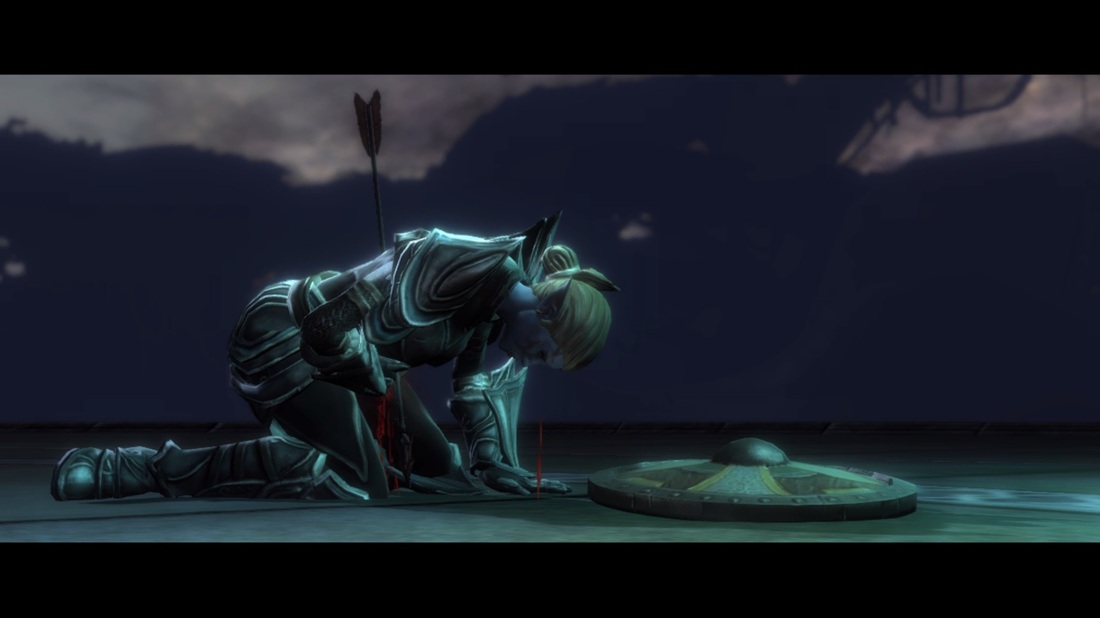


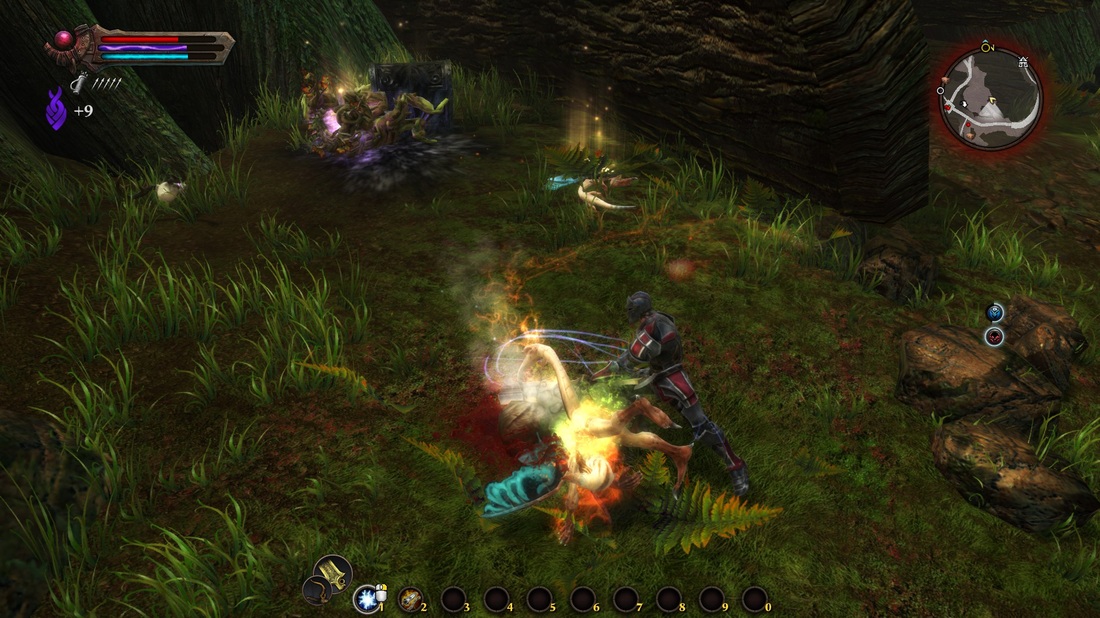

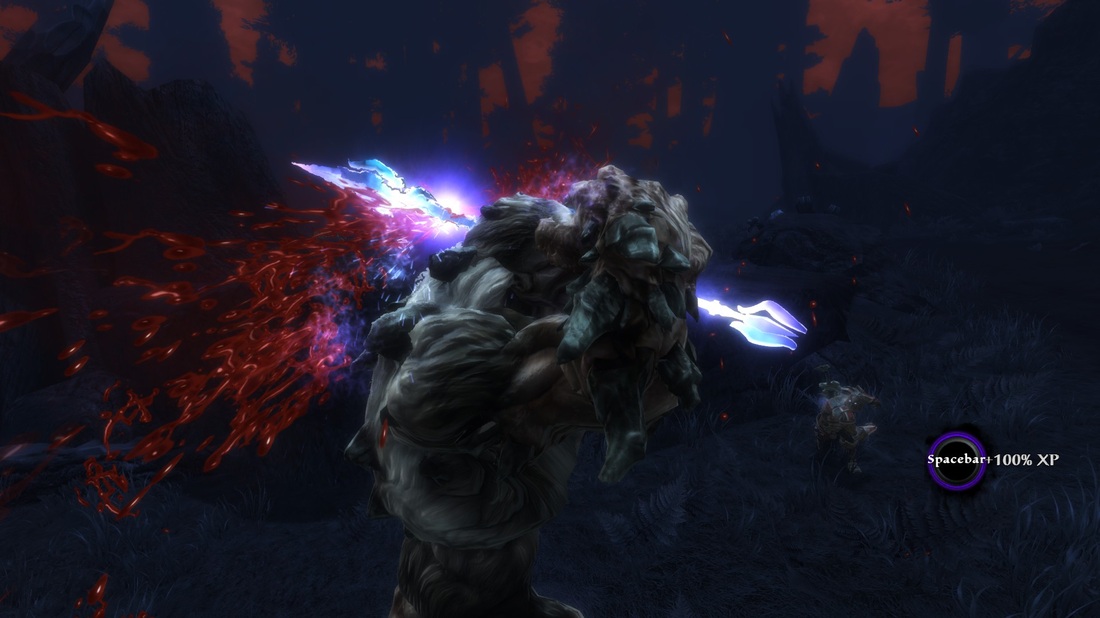



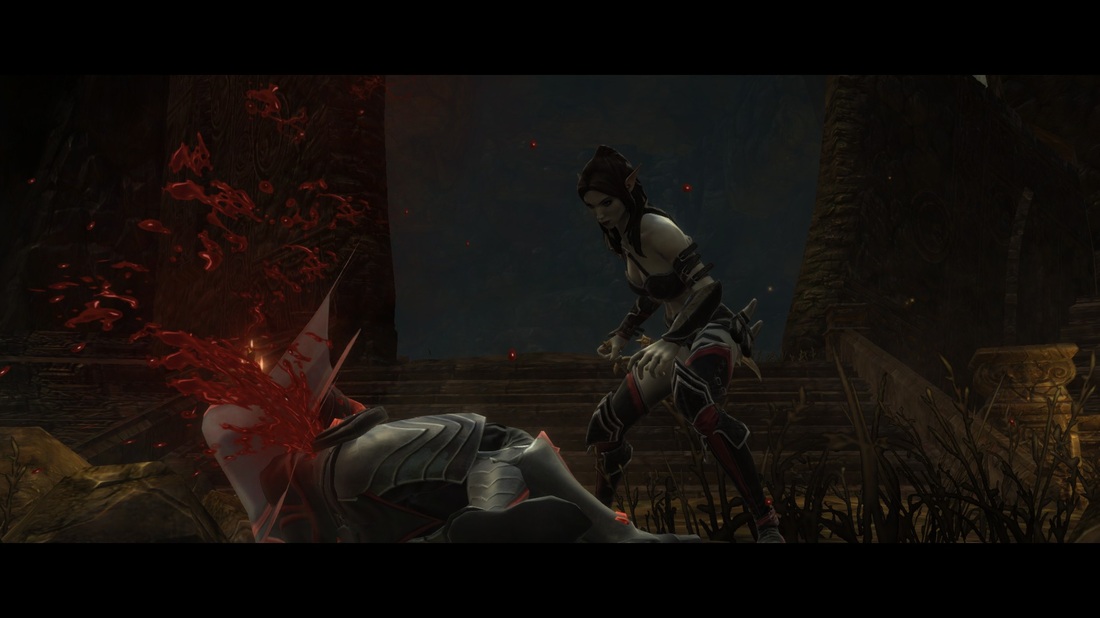
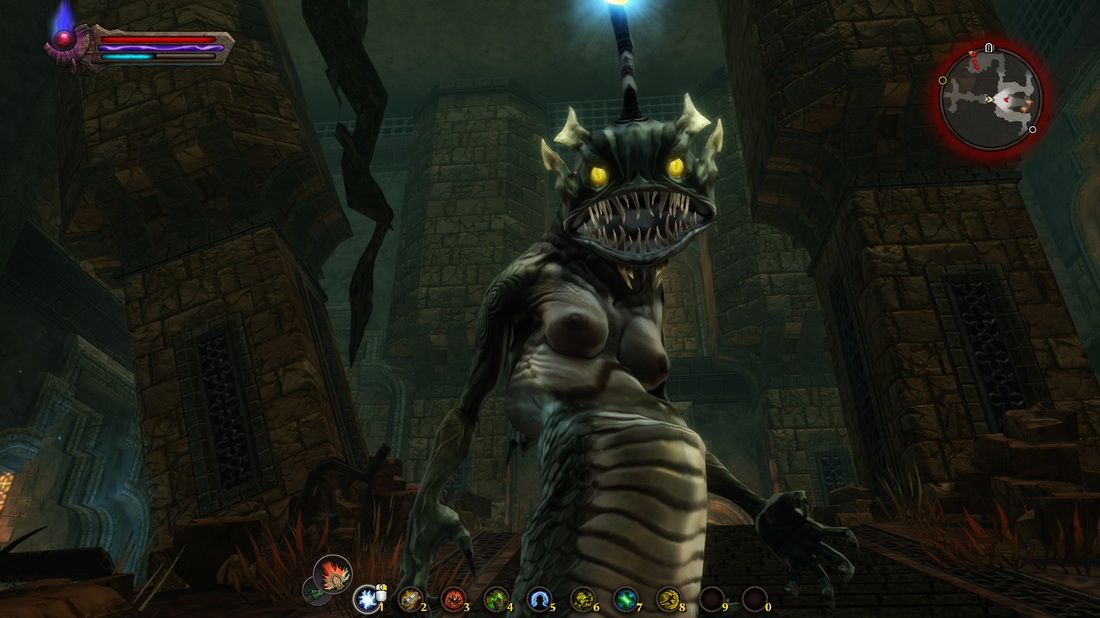
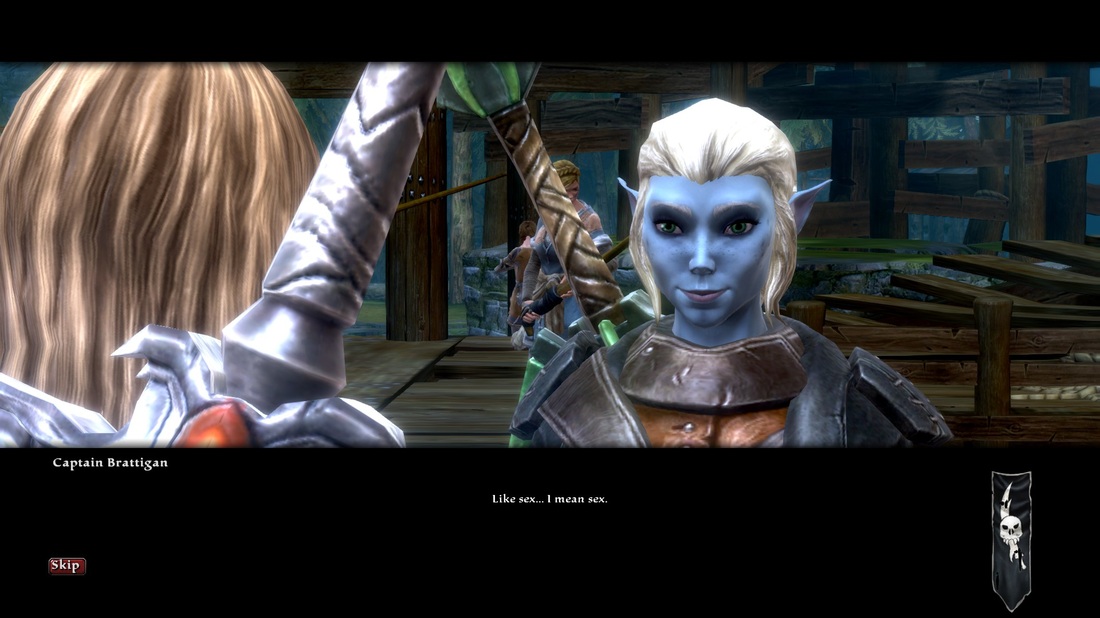


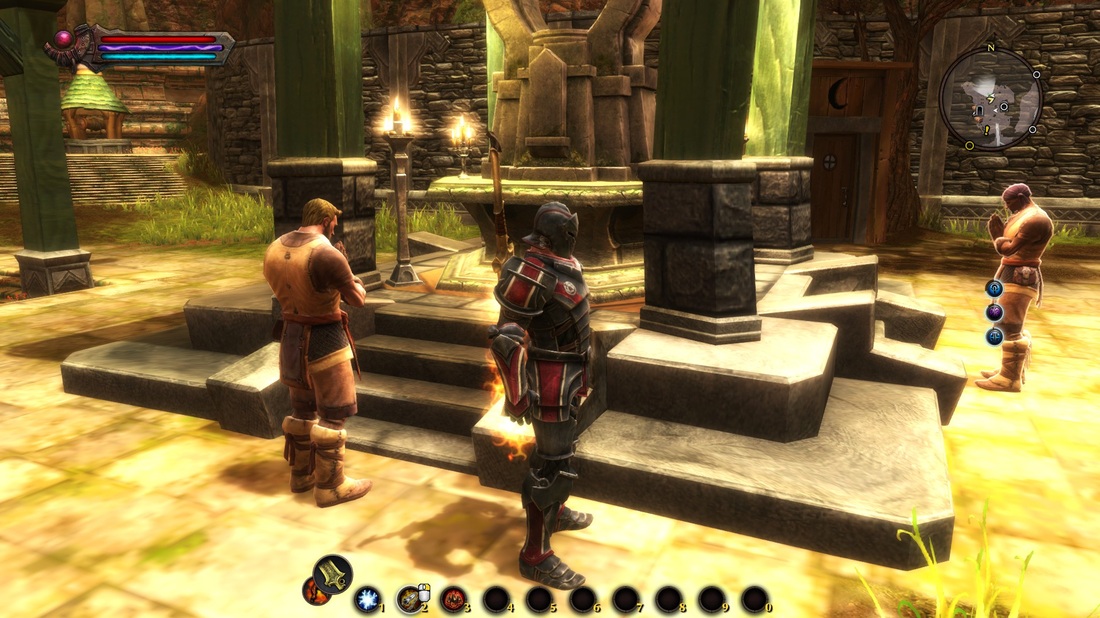
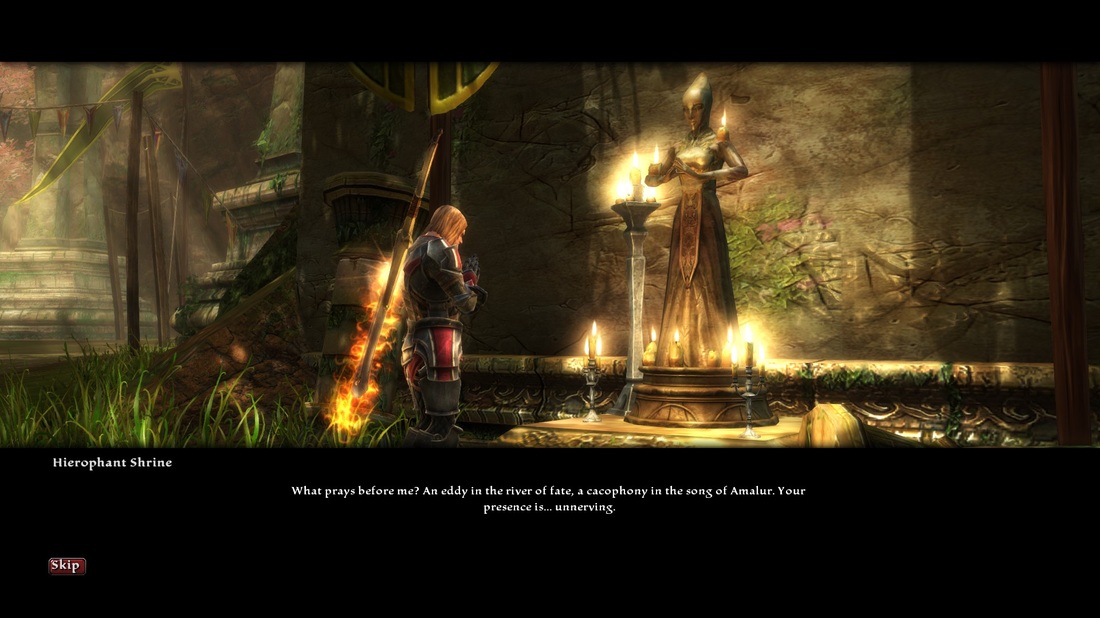
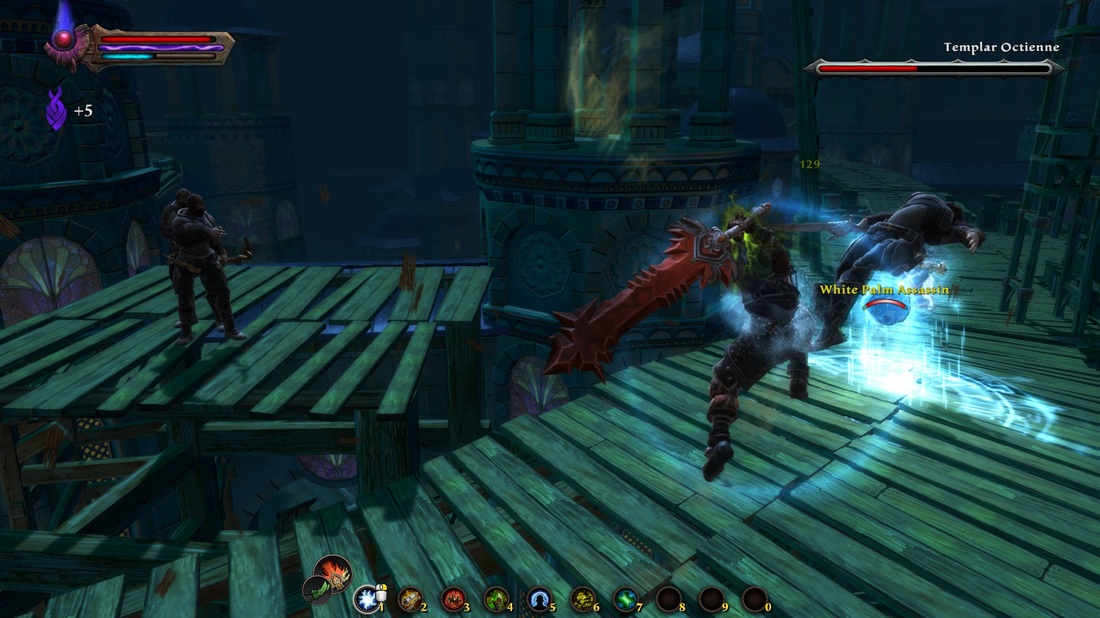
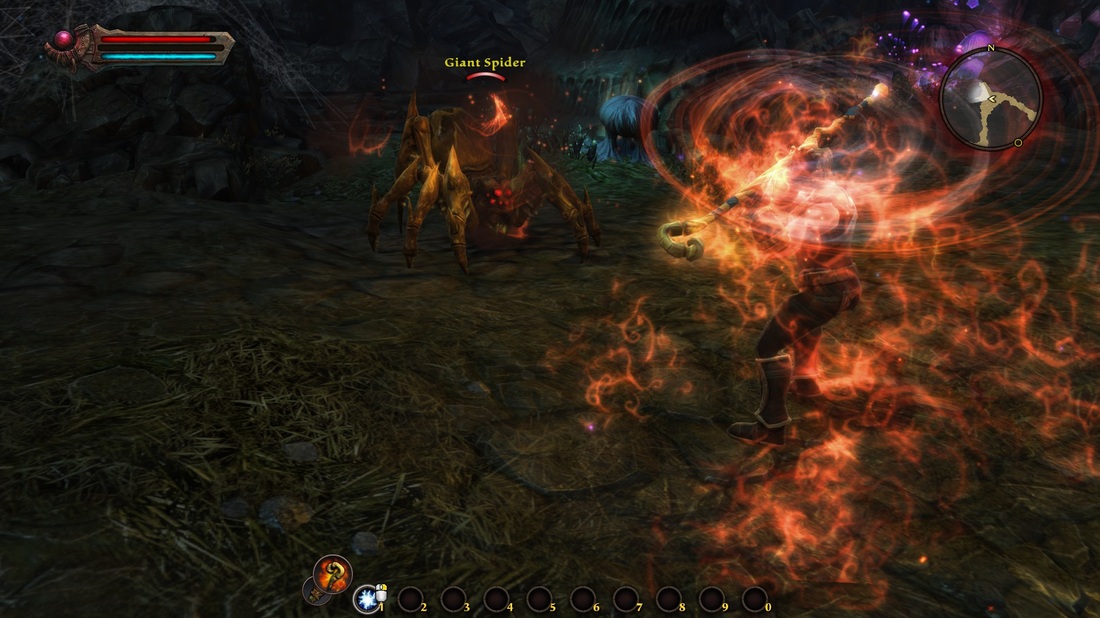





 RSS Feed
RSS Feed